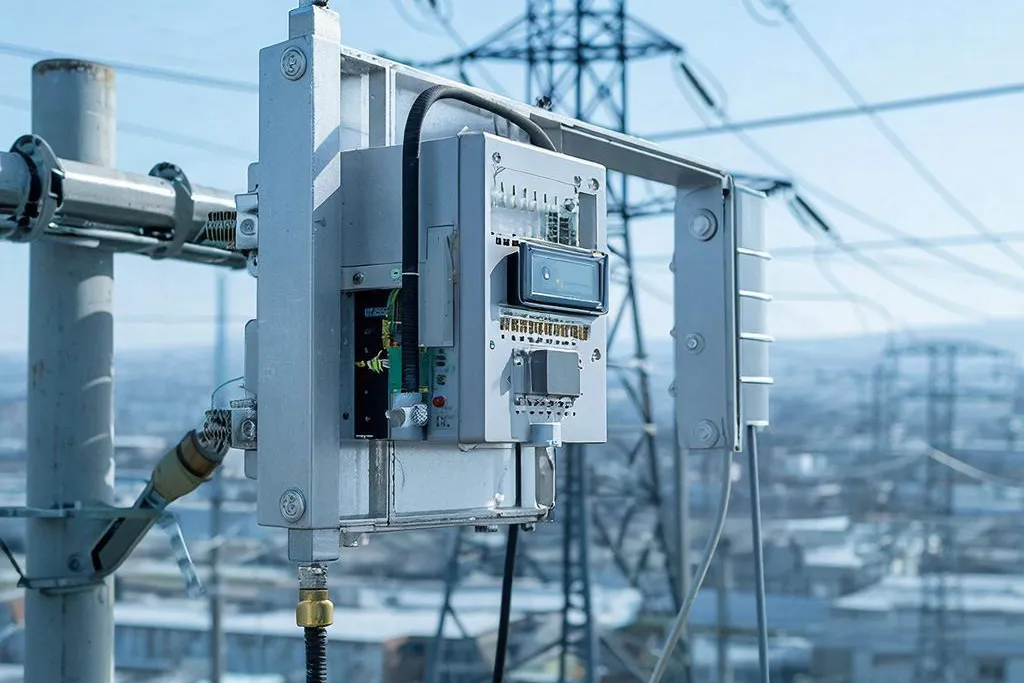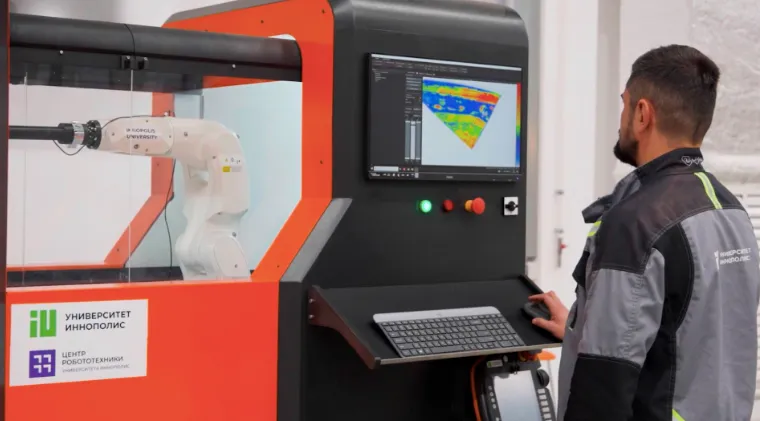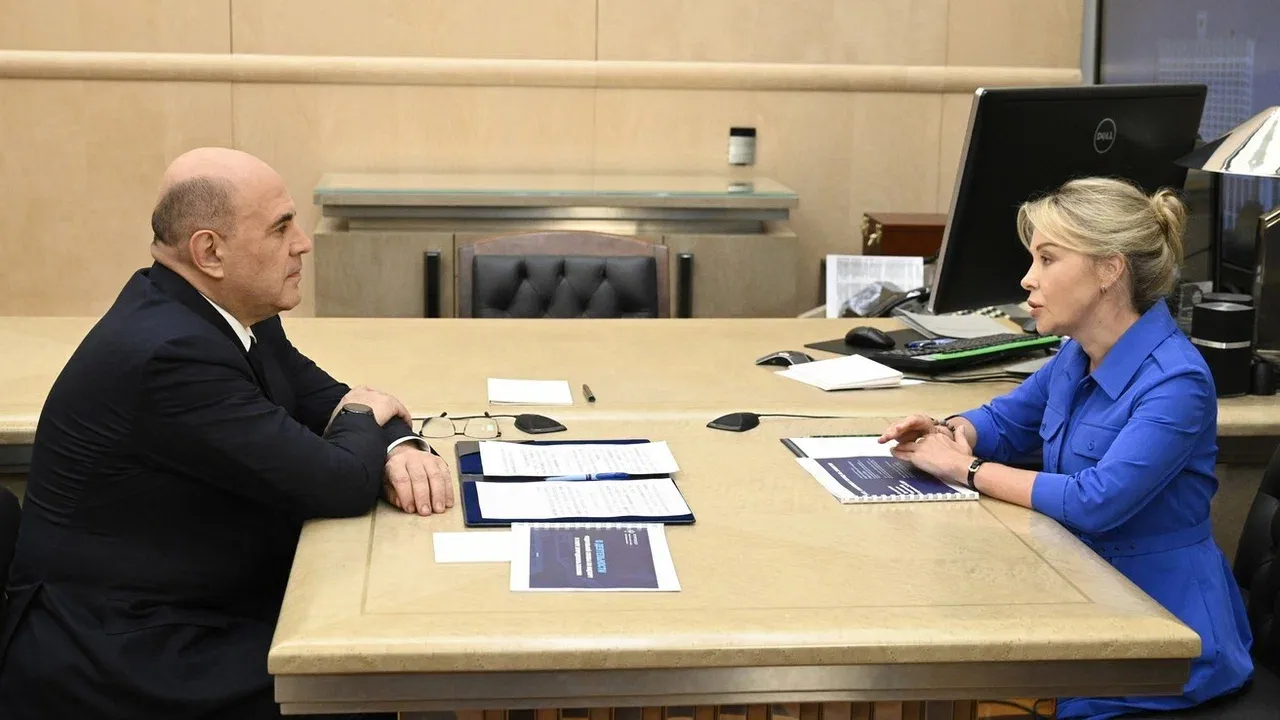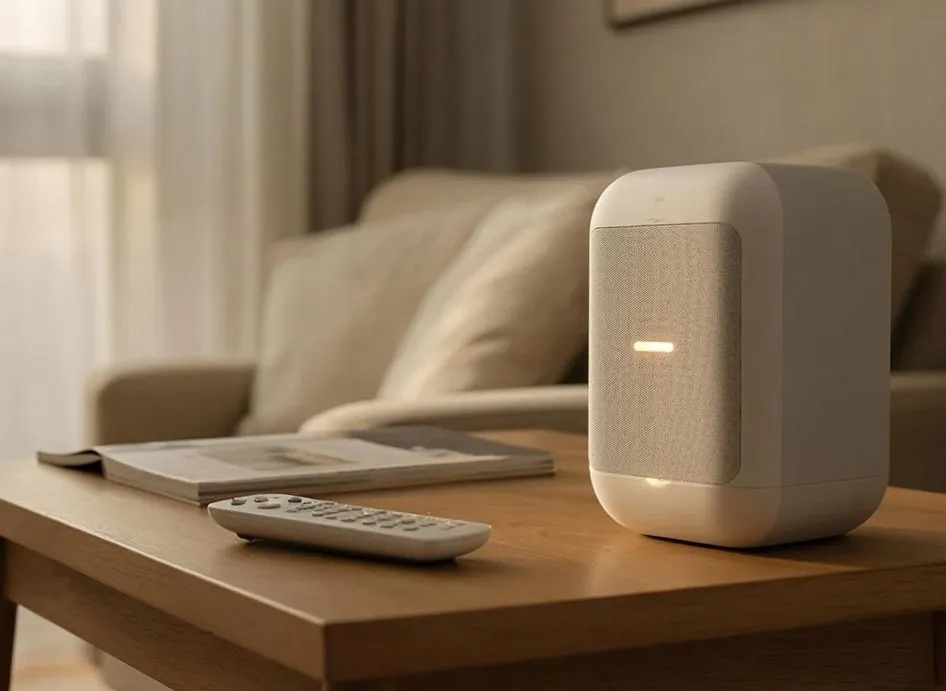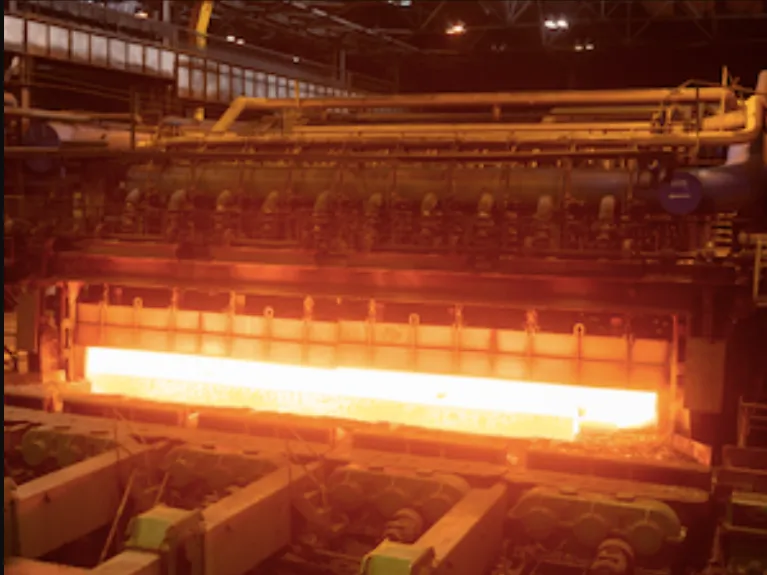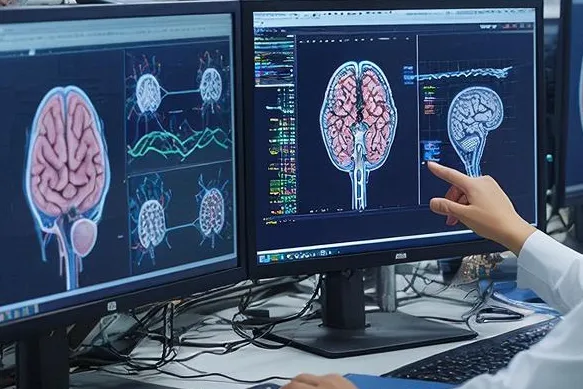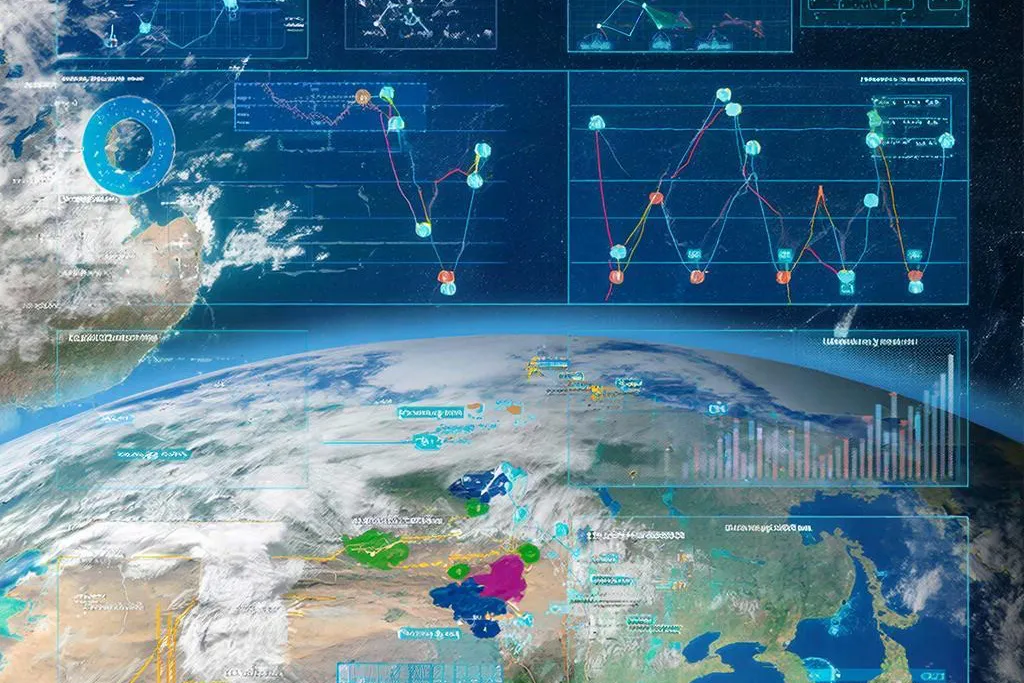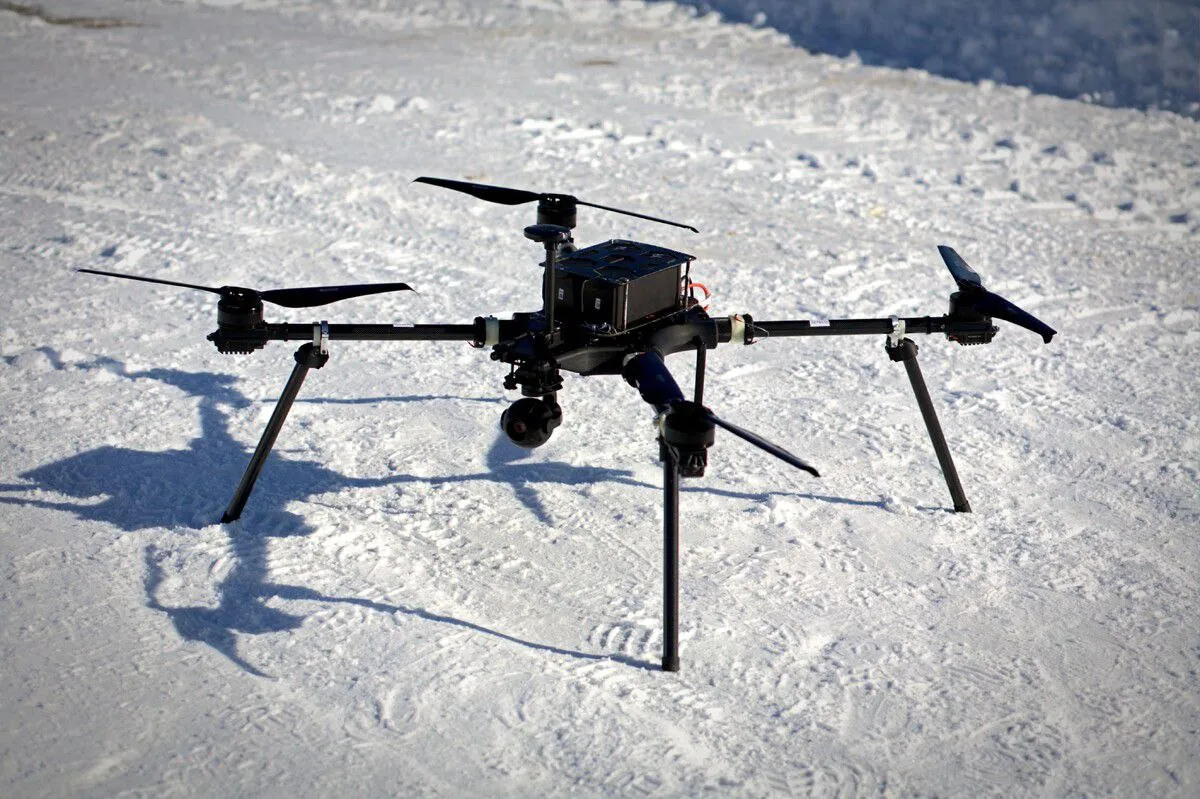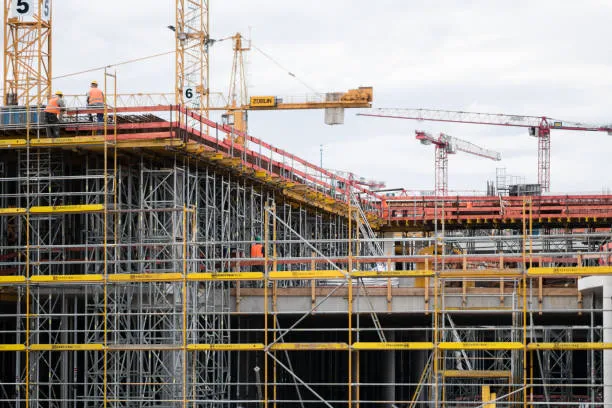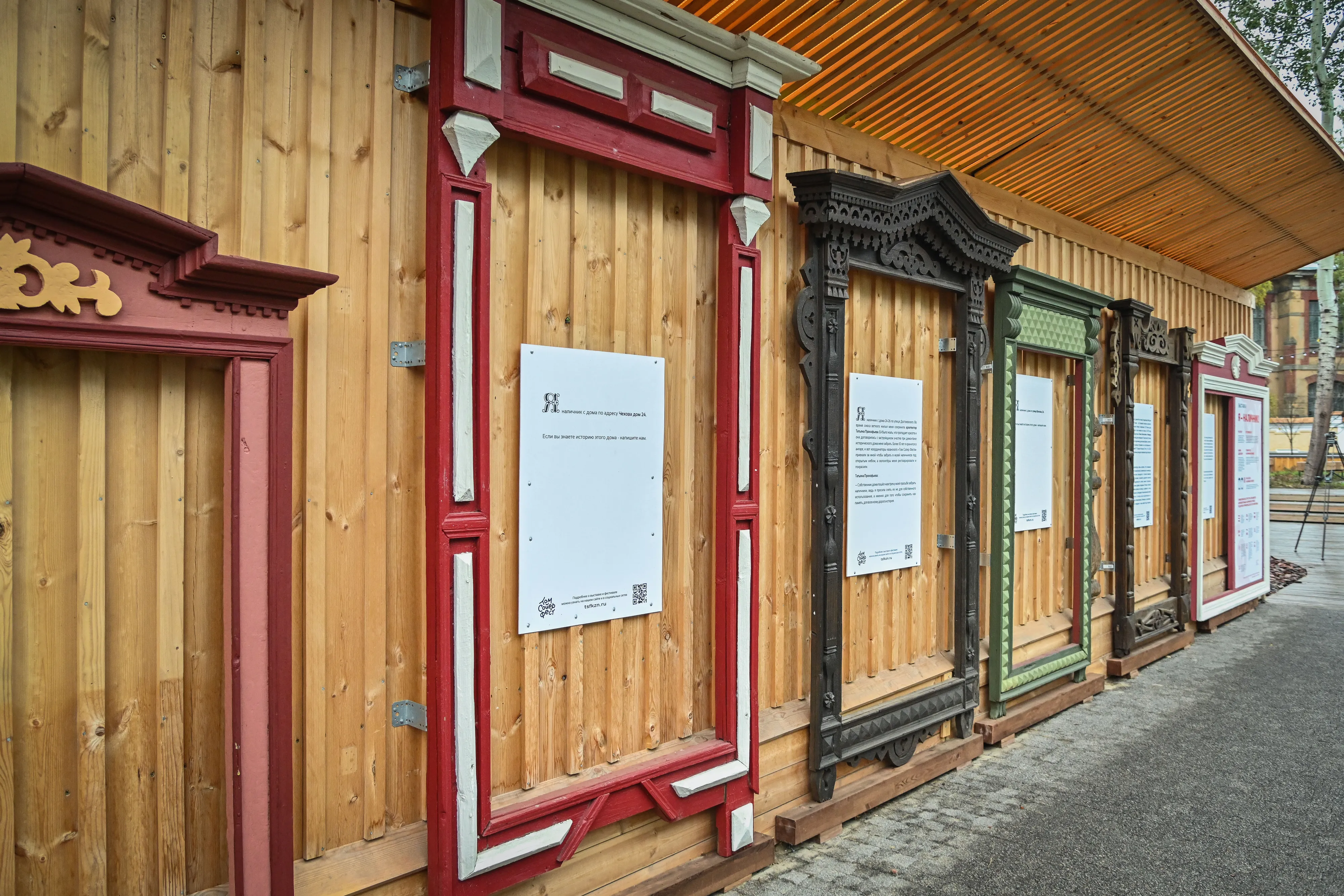Russian Scientists Develop “Listening” System to Detect Hidden Moisture in Bridges
The AI-powered radar software identifies water accumulation by depth and coordinates, helping prevent structural failures before they occur.
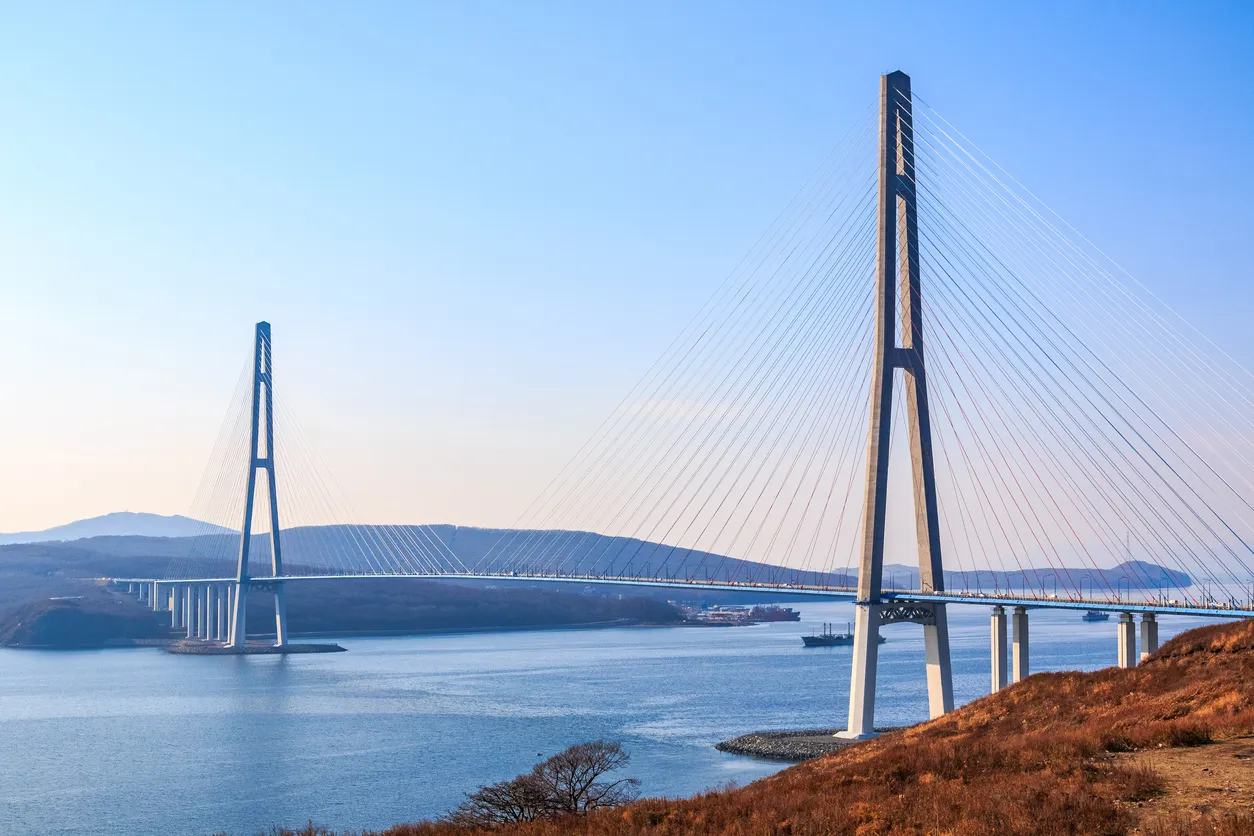
A team of researchers from Perm Polytechnic University, the Moscow Automobile and Road Construction University (MADI), and the Russian Road Research Institute has enhanced ground-penetrating radar (GPR) technology to detect early-stage moisture buildup in bridge structures—one of the main causes of corrosion and concrete damage in cold climates.
While visual inspections can only reveal surface defects, and traditional radar scans often detect only large voids or deformations, the new software solution identifies hidden water pockets before visible damage occurs—protecting bridges from long-term deterioration.
The “Musical-Mathematical” Method
The researchers based their innovation on frequency analysis, interpreting radar data much like an engineer would interpret sound waves. The program analyzes the volume and tone (or timbre) of reflected signals at different depths to detect anomalies. Areas with a more “muffled” signal indicate the presence of water, which absorbs high frequencies.
The program then generates a ready-made report with specific repair recommendations, and it can run on any standard computer connected to a GPR unit.
The new approach can also be combined with probabilistic analysis to forecast how critical parameters of a bridge might change over time. This allows engineers to identify dangerous factor combinations that may seem harmless individually but pose structural risks when combined.
By effectively giving engineers the ability to “hear” how water seeps into materials, the technology marks a major step forward in predictive infrastructure maintenance—helping prevent costly failures before they happen and extending the lifespan of critical transport networks.



